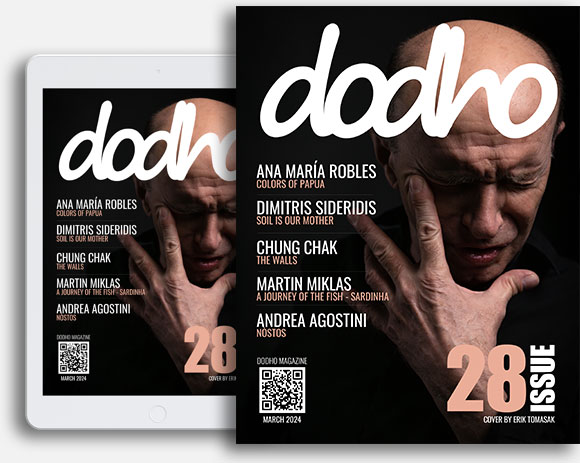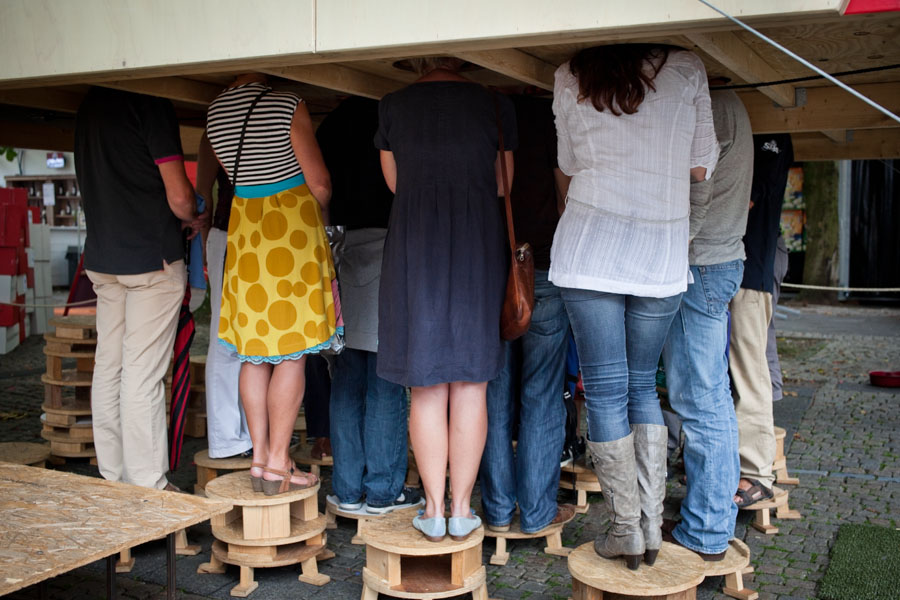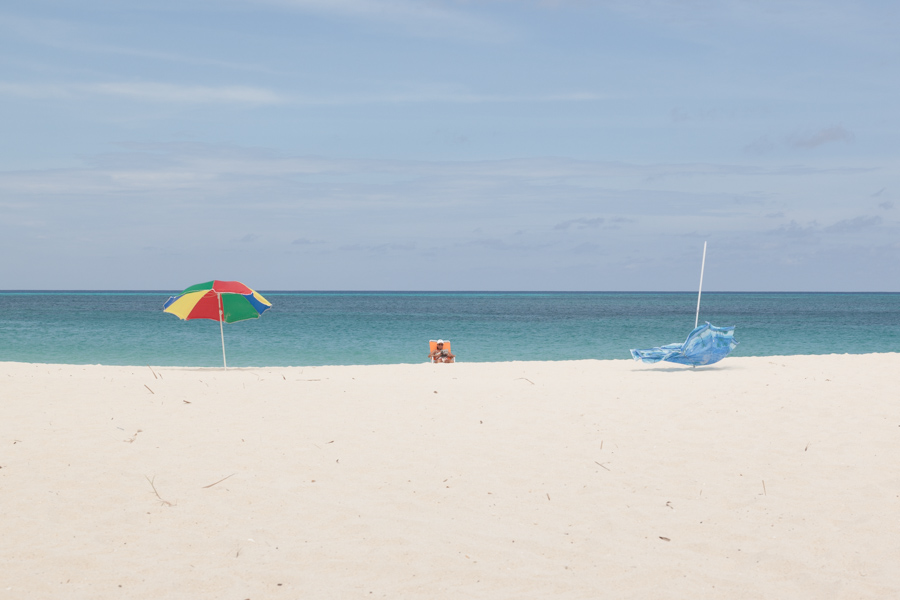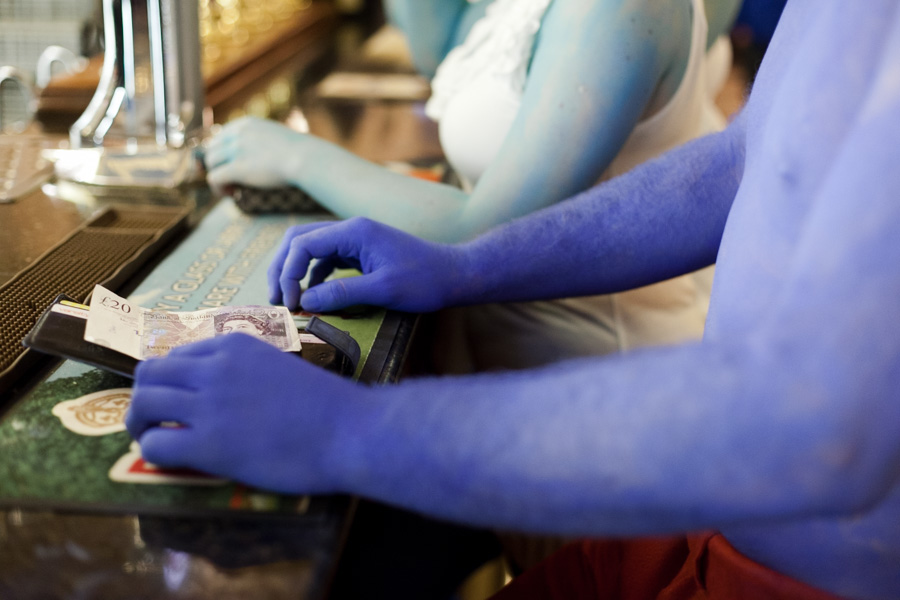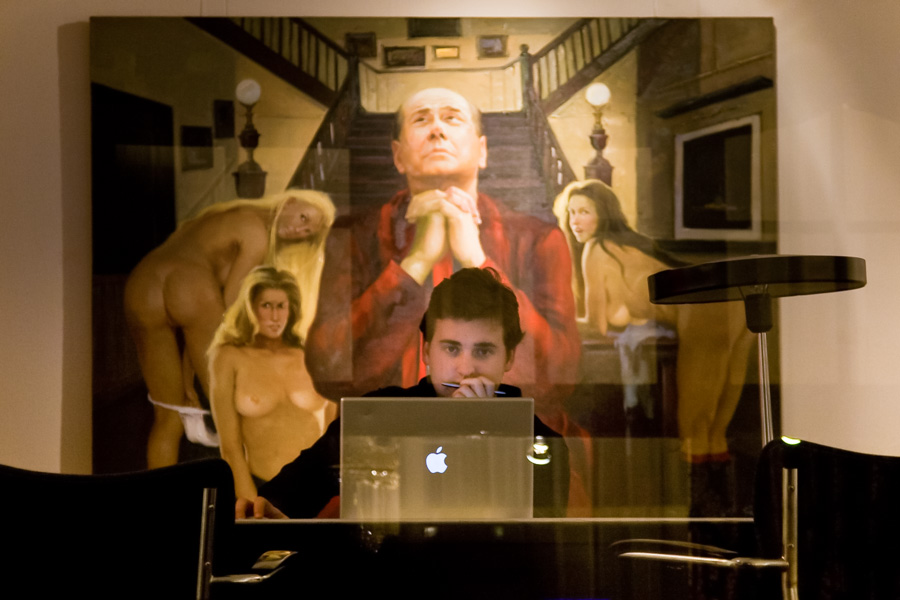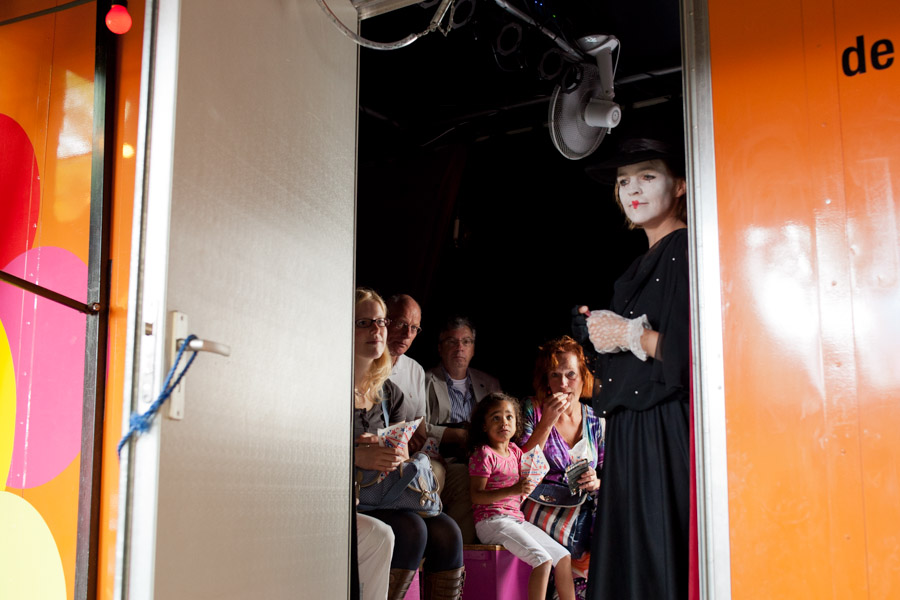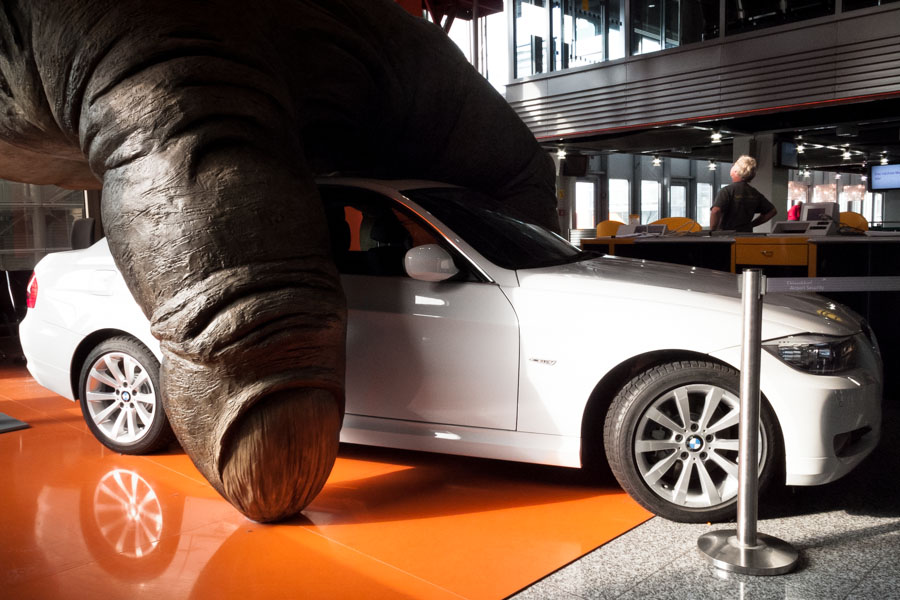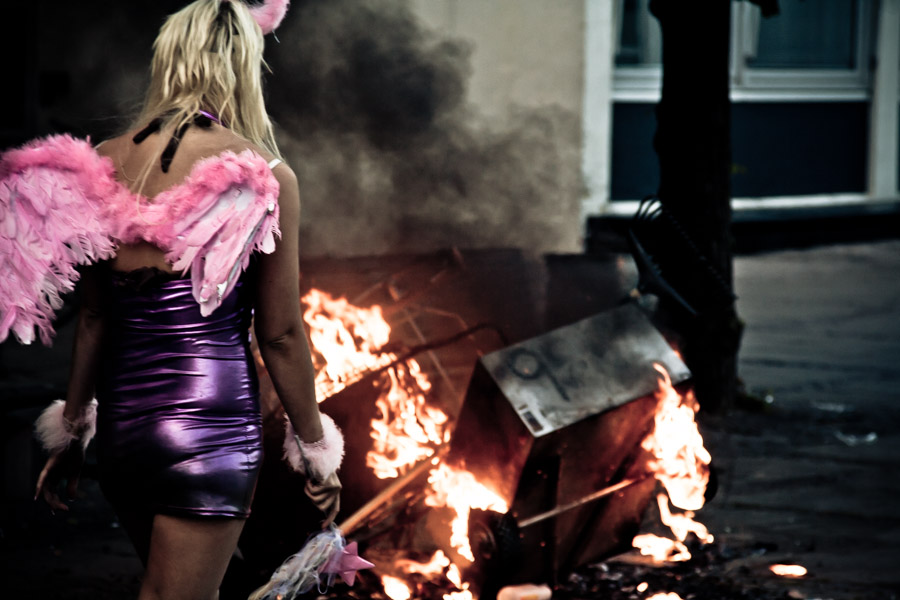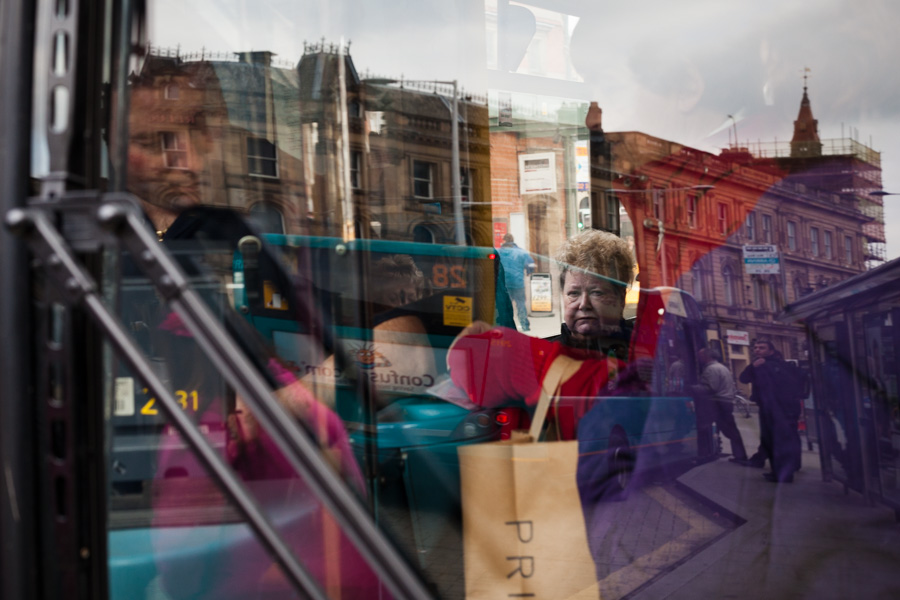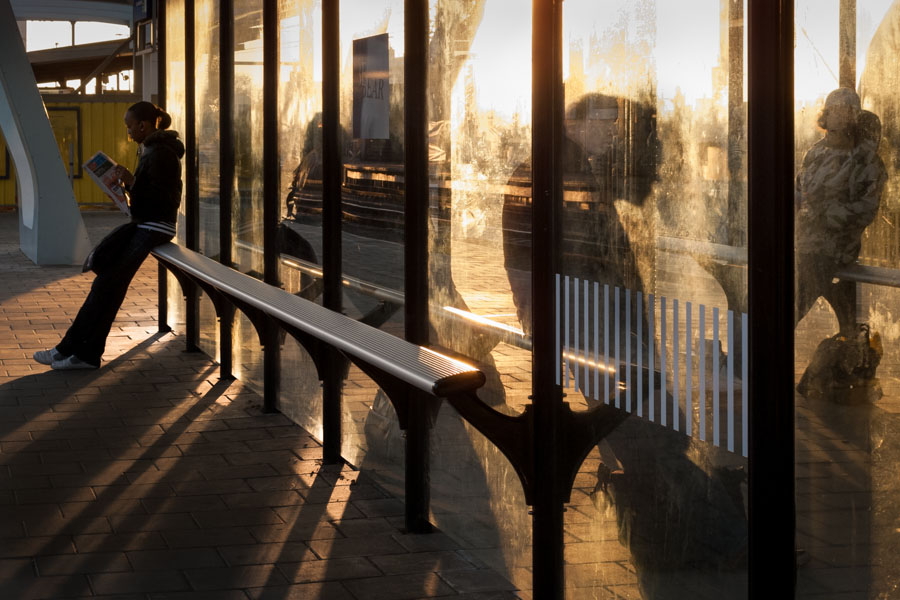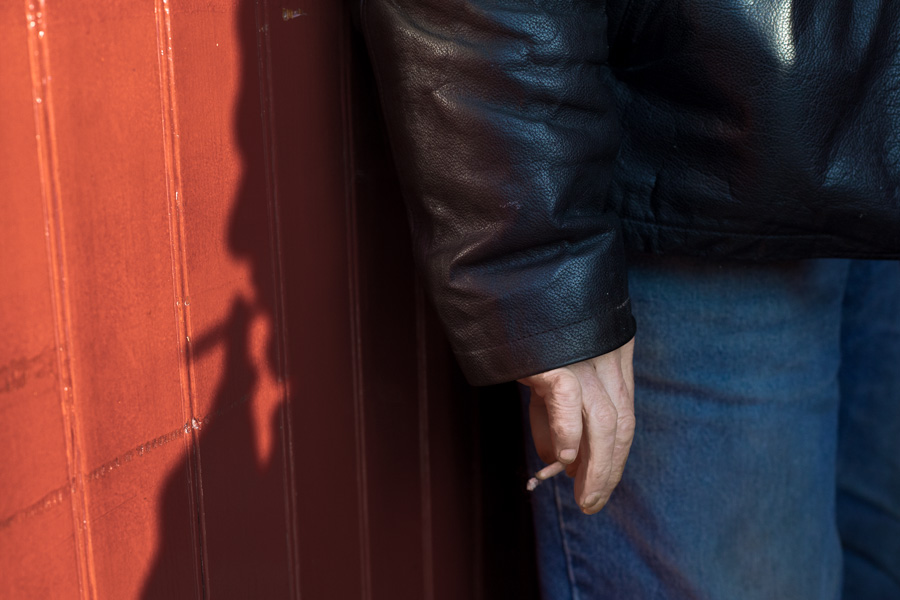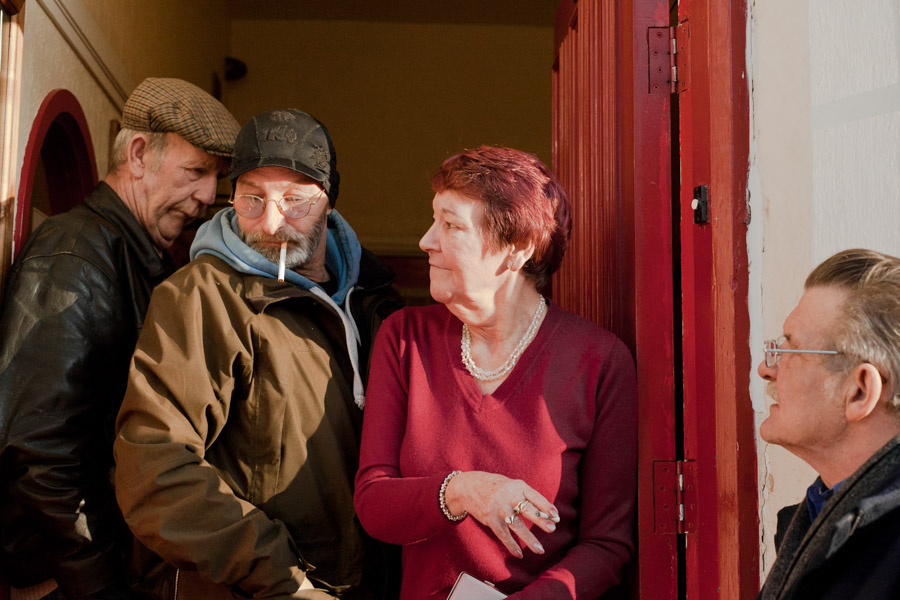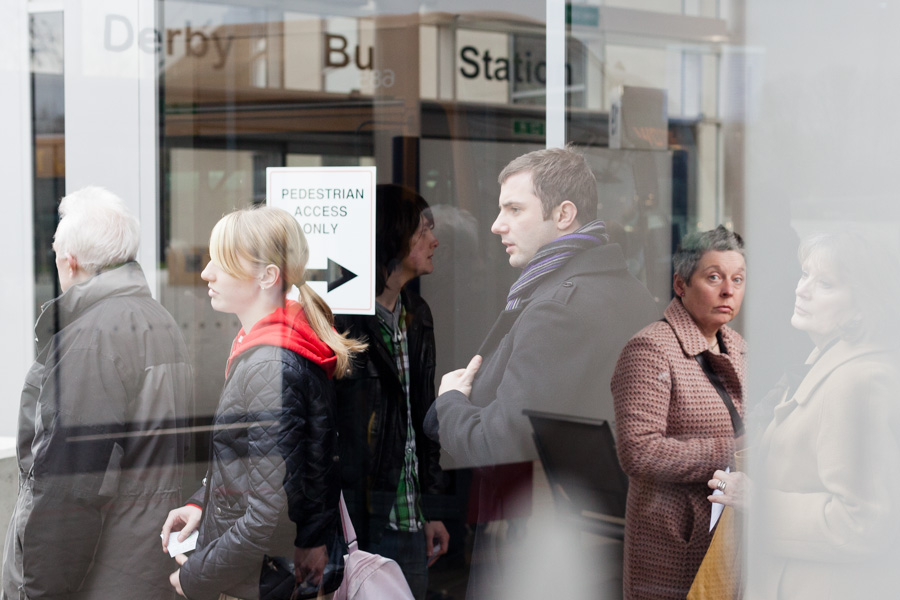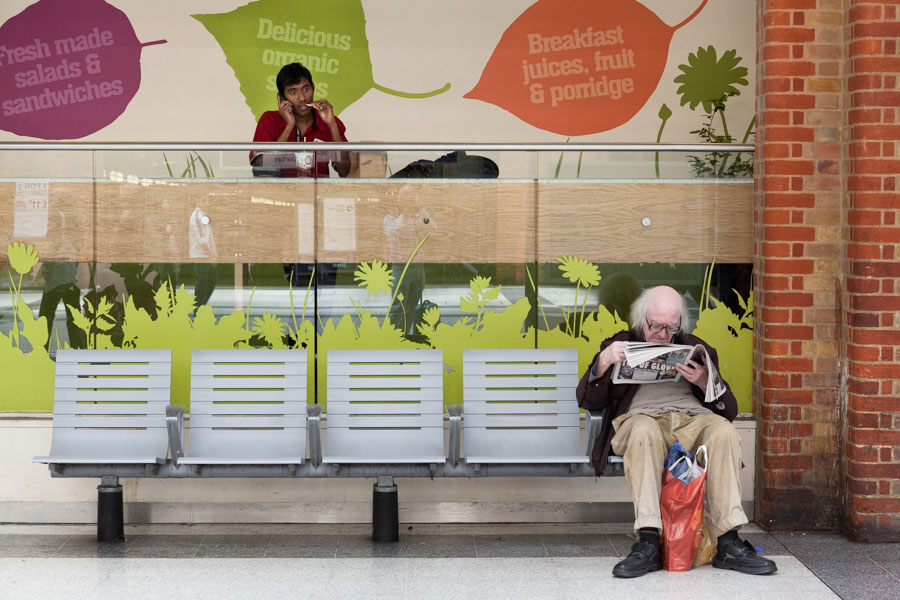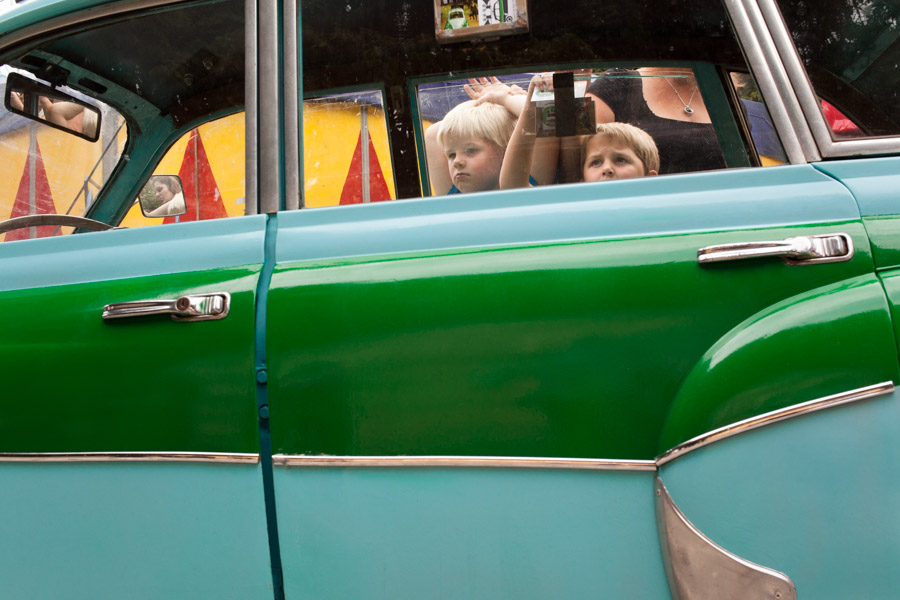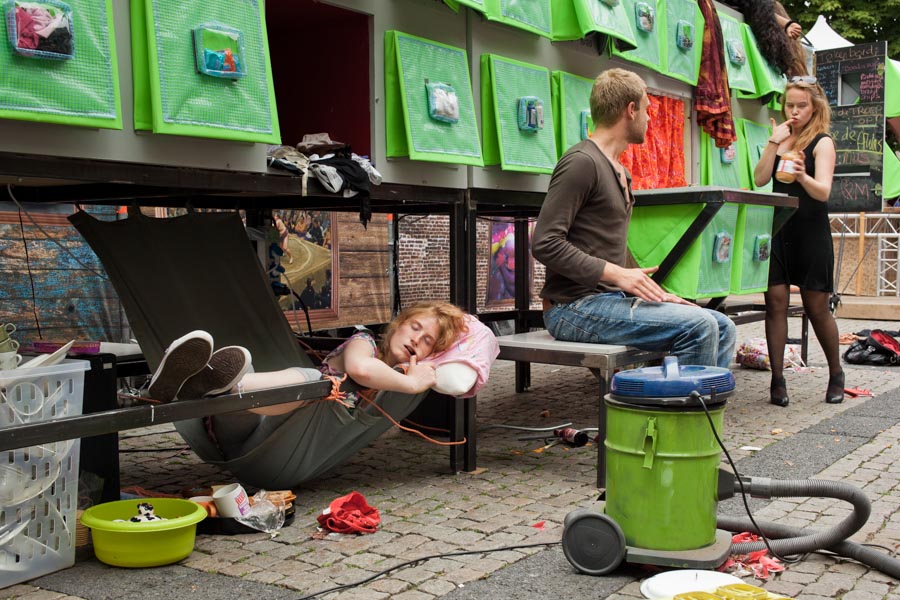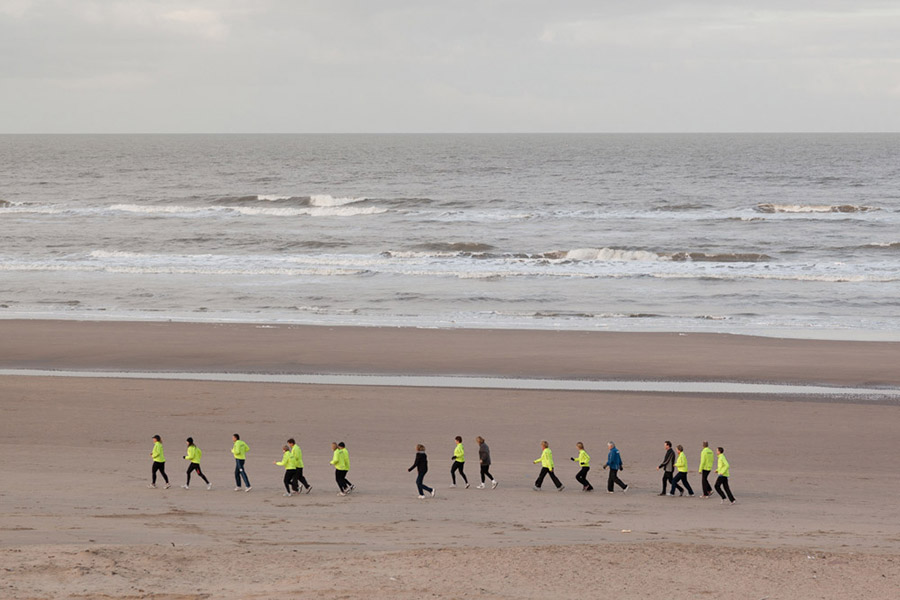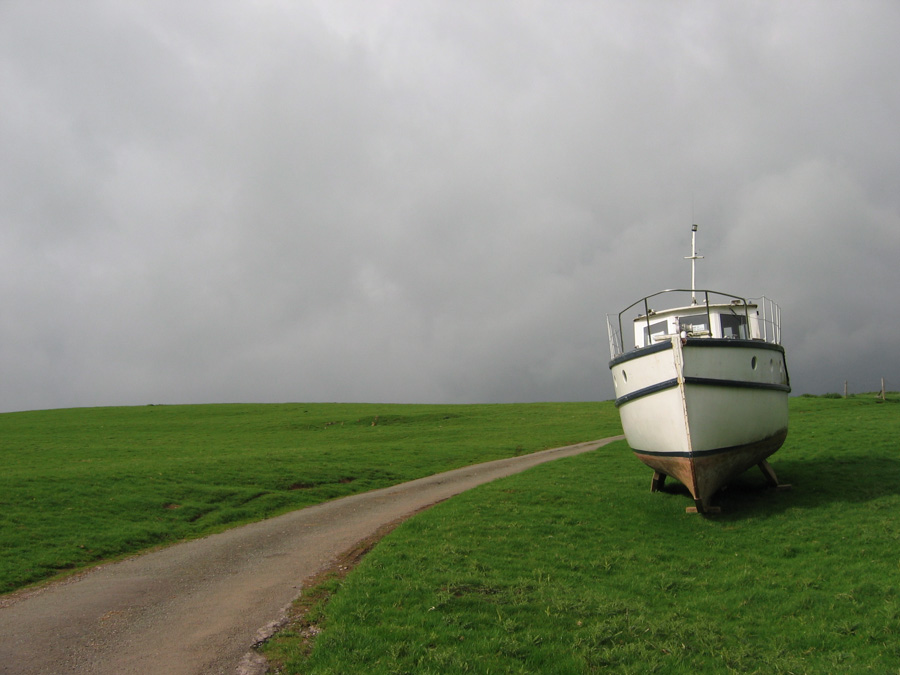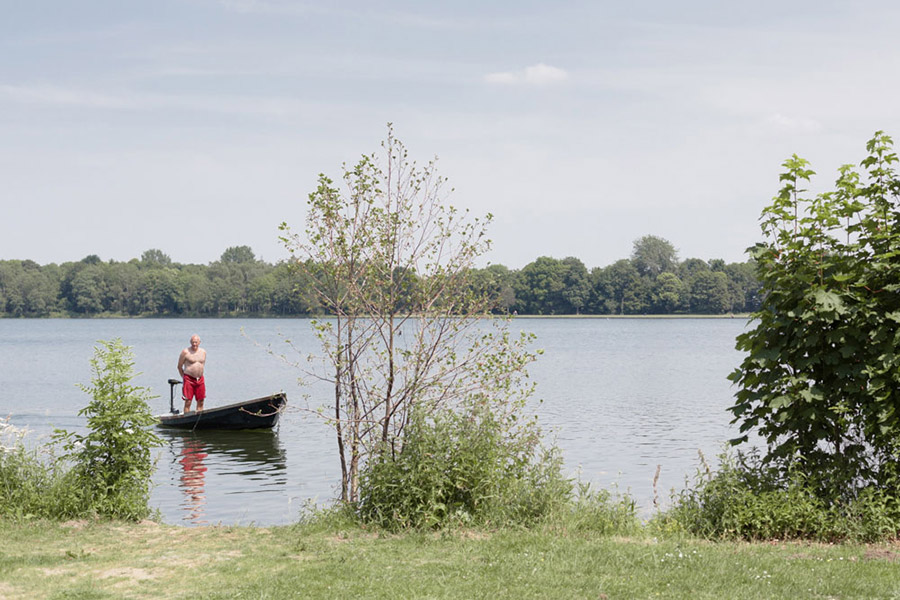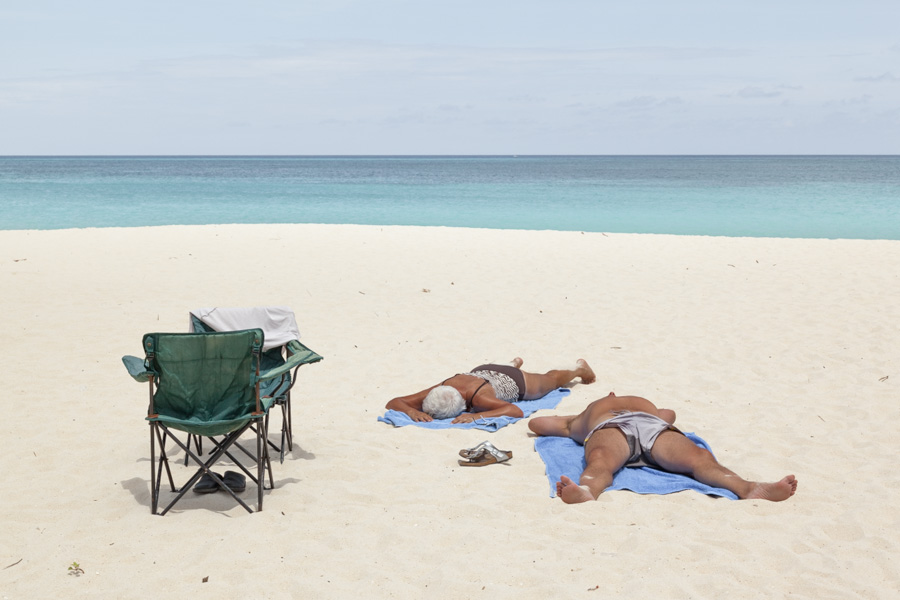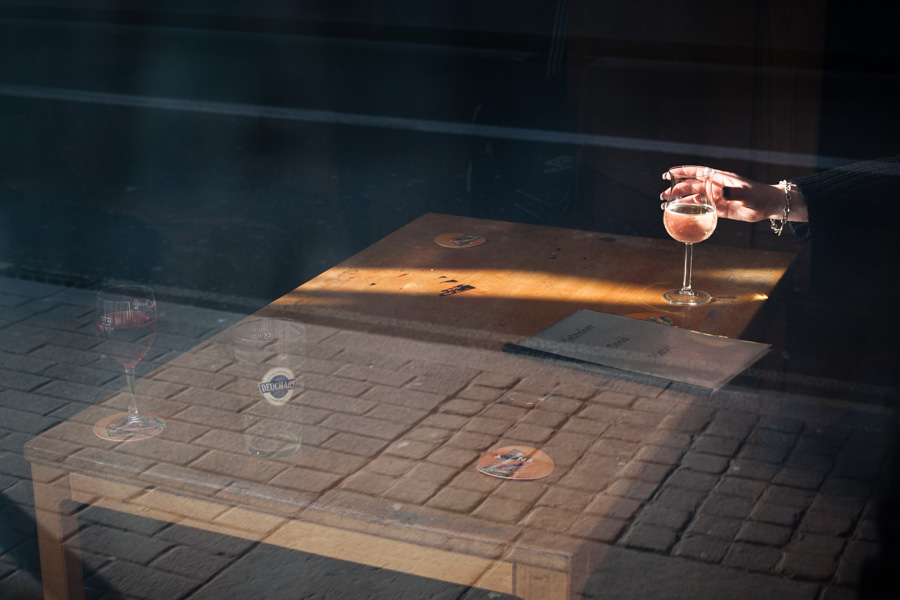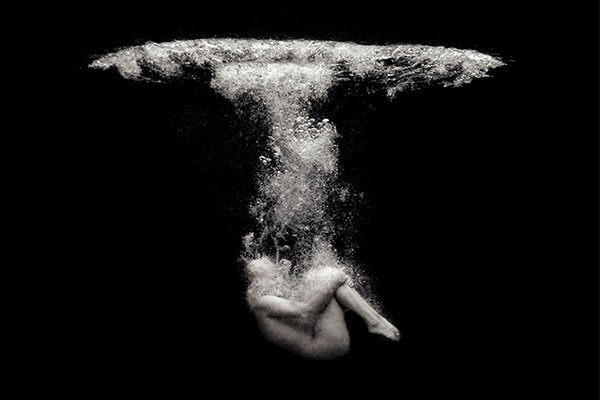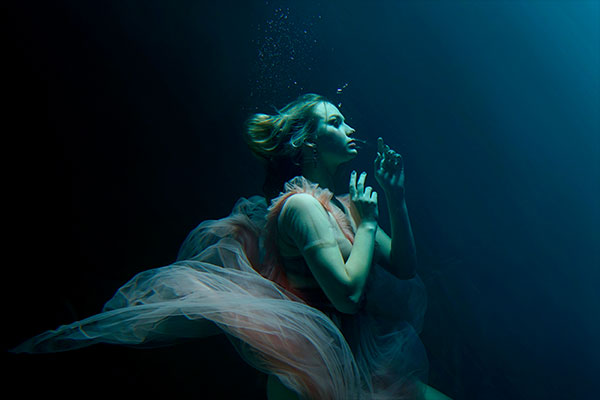My mum was a teacher in a primary school. I was eight years old when I went with her on a school trip to a Jurassic Park for children. There I took some pictures of fake dinosaurs with my father’s SLR. It was my first time and I used two rolls of film. The day after my dad told me I could have bought nice postcards instead of wasting so much film and money. He did not have bad intentions, he later tried to encourage me, but I was a sensitive child and never touched a camera again for a very long time.
When I was twenty years old I was diagnosed with a bad disease. During the night after the surgery, my mum told me what I had, with courage and immense love. I did not sleep a single minute; I kept on drowning in a vortex of emotions and fears. Early in the morning I looked up to the window of my room: I noticed the white of the snow on some roofs and a blue sky, stained with purple finger marks and scratches. The glass, a little dirty, was filtering the light with beautiful effects. That image gave me relief for a little while, but also a further sorrow, because I wanted to live and not stop seeing anymore.
That morning I started, or maybe better, I became again a photographer. Locked in that room, I observed the lines, the shapes, the geometries. I noticed the despair on the faces of my parents, my pain reflected on their eyes. I was suddenly aware of details and shades. I took several pictures during those days and the following years, but without a camera: having a piano in your house does not make you necessarily a pianist.
I had to wait until the day of my graduation in Aerospace Engineering to get my first personal camera. On that occasion I got a digital compact one as a present from some friends of mine. I started bringing my camera with me everywhere, this time without the nightmare of limited budget due to the cost of film.
I developed quite soon a particular interest in unpredictable and surreal images, because it was (and still is) a nice way to enjoy the reality around me, but also a great help to run away from the horrible memories of my past. I thought that I could find this kind of images in the public places and events, but I did not take so long to realize that I could find intriguing pictures almost everywhere. So I started wandering everywhere with my camera as a hunter: in the streets, on the beaches, even in some rural areas.
Meanwhile I also noticed that the strange pictures I took were far from being a solid piece of evidence. I discovered that photography was not the most accurate way to record the truth: actually that is simply a myth. The camera gives you only a portion of what you choose to see and show. It is hard, I would say often impossible to image what is out of the frame for someone who is a looking at a photograph. Moreover the record of that portion of view is also influenced by the optical properties of the lens and by the mechanical and digital properties of the camera.
Beside the considerations on the space, there is also the matter of the time. A photo does not tell you anything about what happens before and after. You might take a series of pictures in the same place and in a short time, as a sequence, to try to overcome this limit, making connections and telling a story, but still you need to deal with the fact that a picture represents a single instant. Having said that, I was not afraid by these limits and I still consider photography as a powerful tool to show a part of the world around me, in a personal way.
In my project SurReally I embrace the fact that photography can equally misrepresent reality as much as it reveals truths. I deliberately collected pictures taken in different places, showing ambiguous moments and unstaged situations, which would have been lost in the oblivion, should my hungry and curious eyes had not grabbed them from the ordinary daily flow. With this work my intention is to raise questions, rather than providing answers. I want to engage and somehow confuse who sees my pictures, make him or her wonder as much as I did when I took them. [Official Website]


